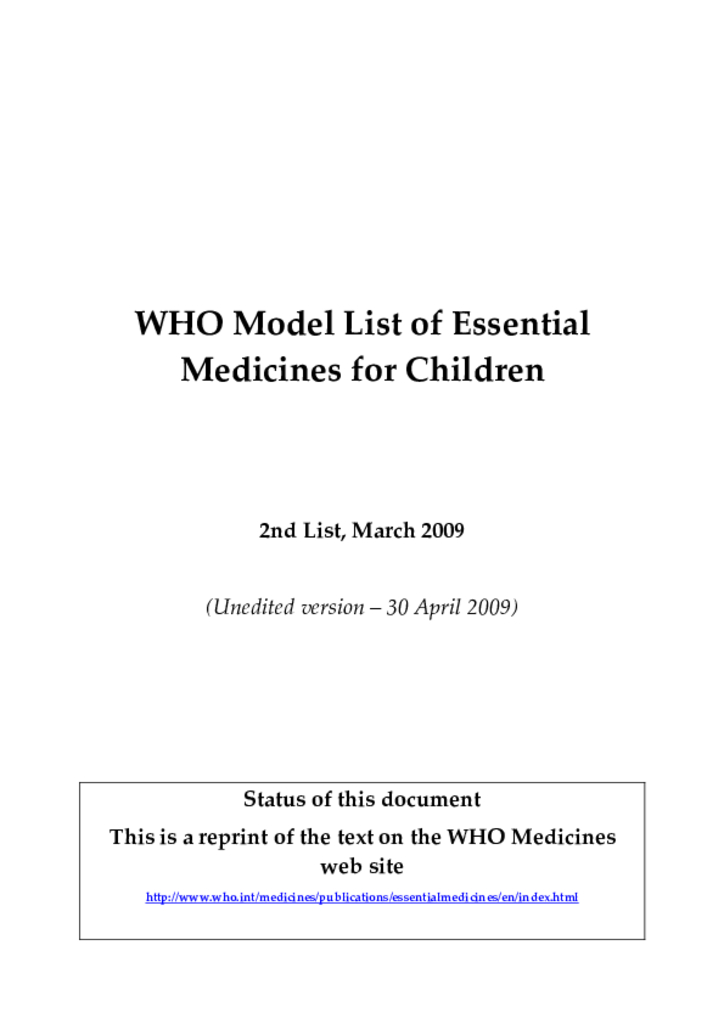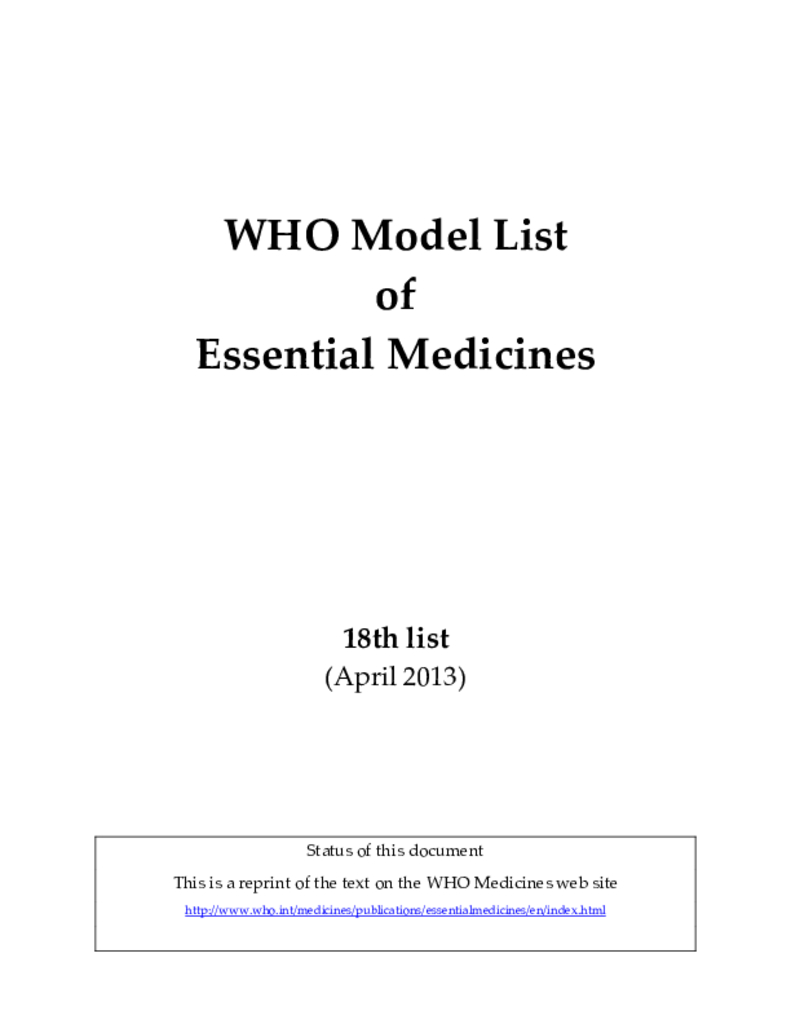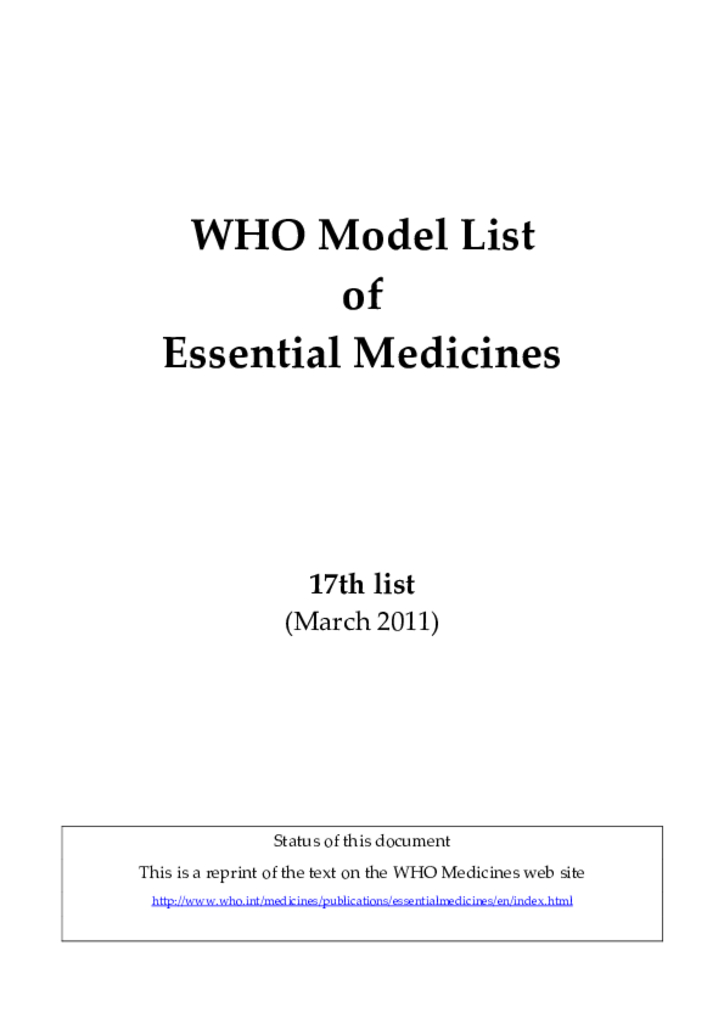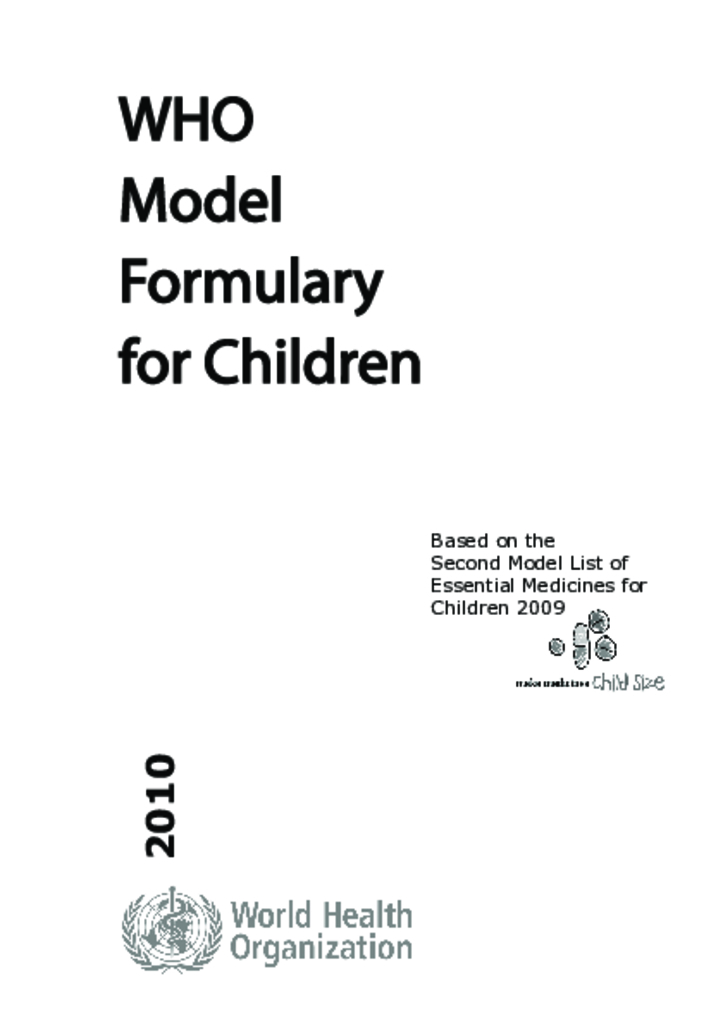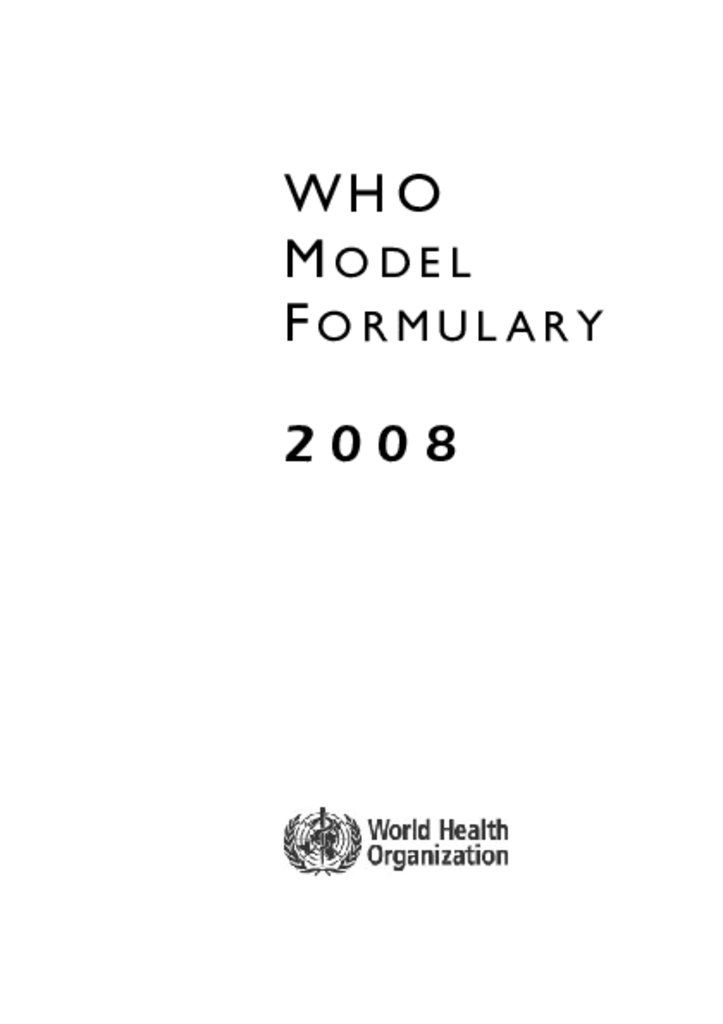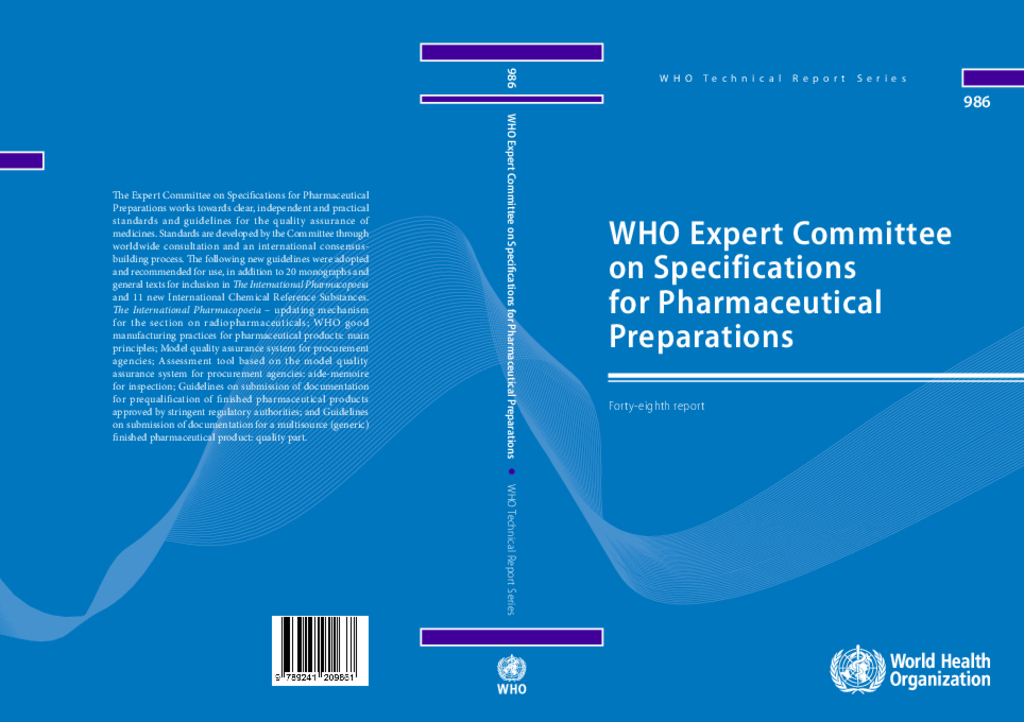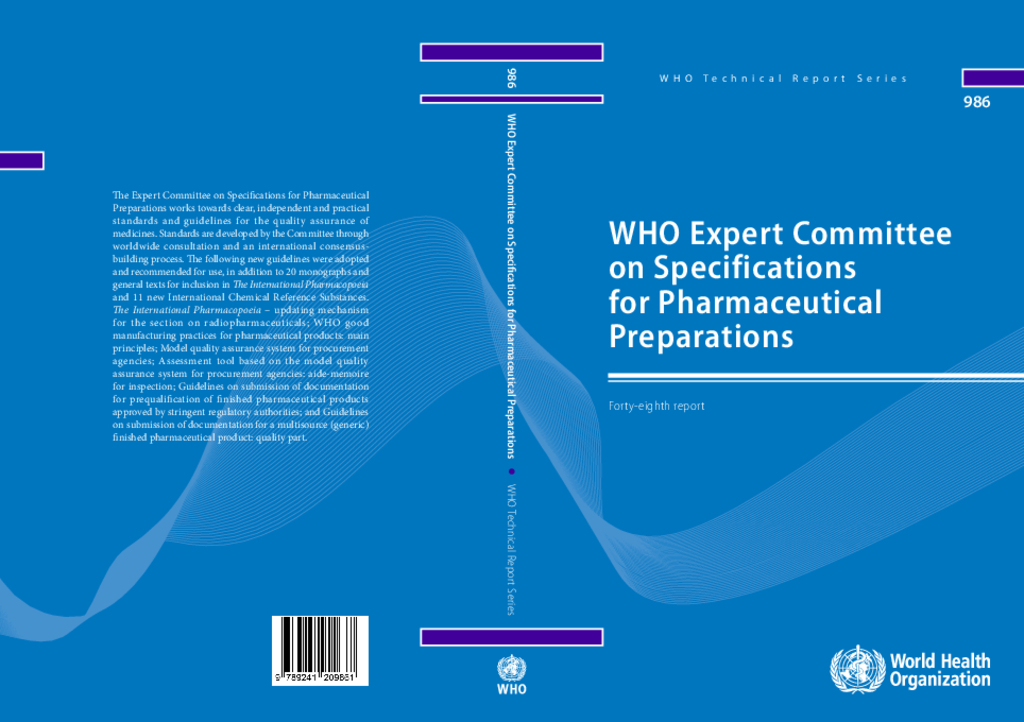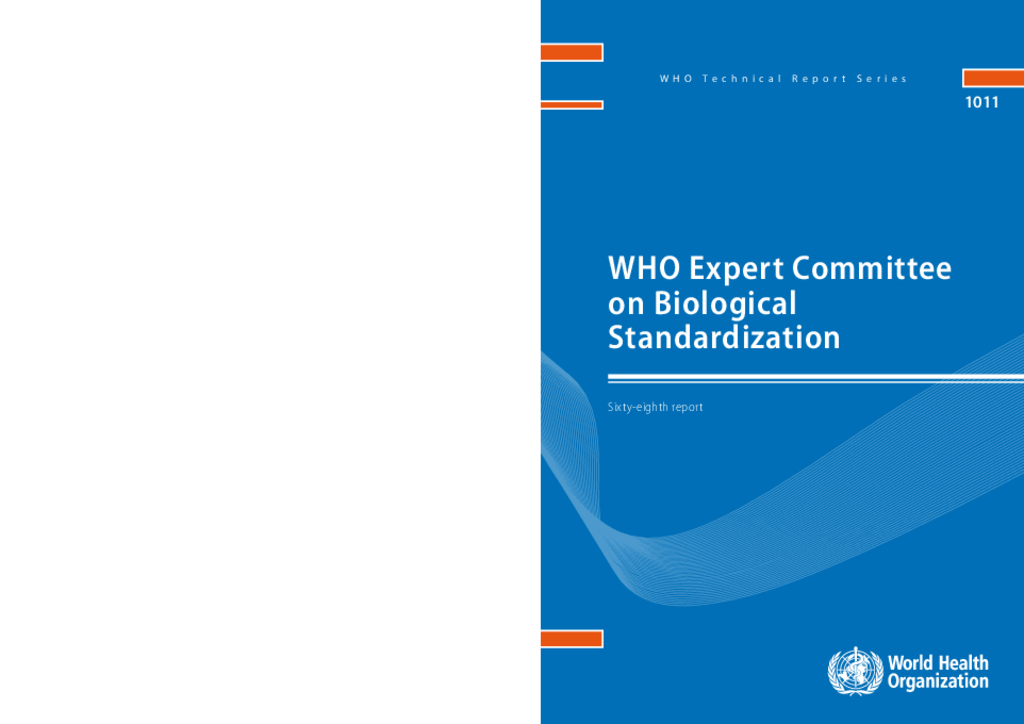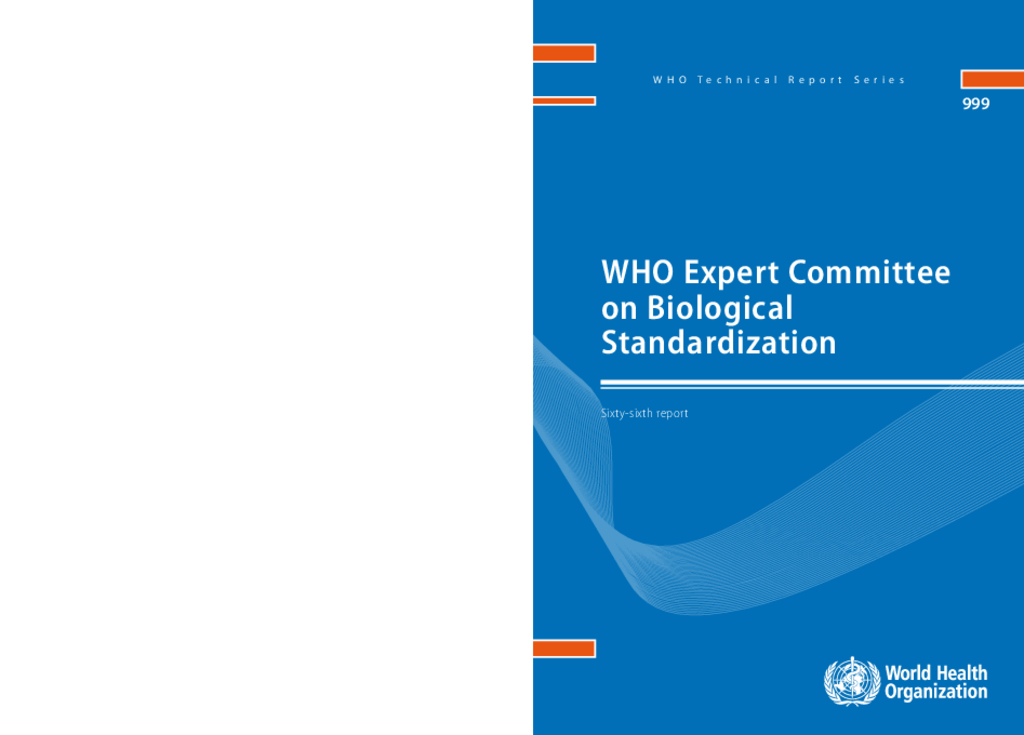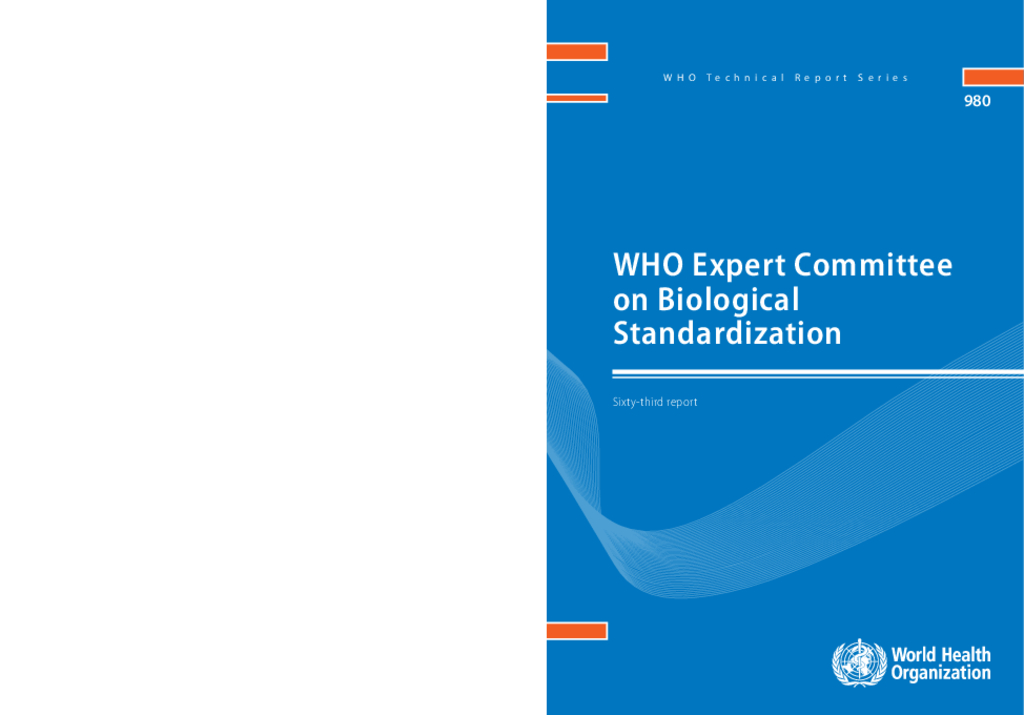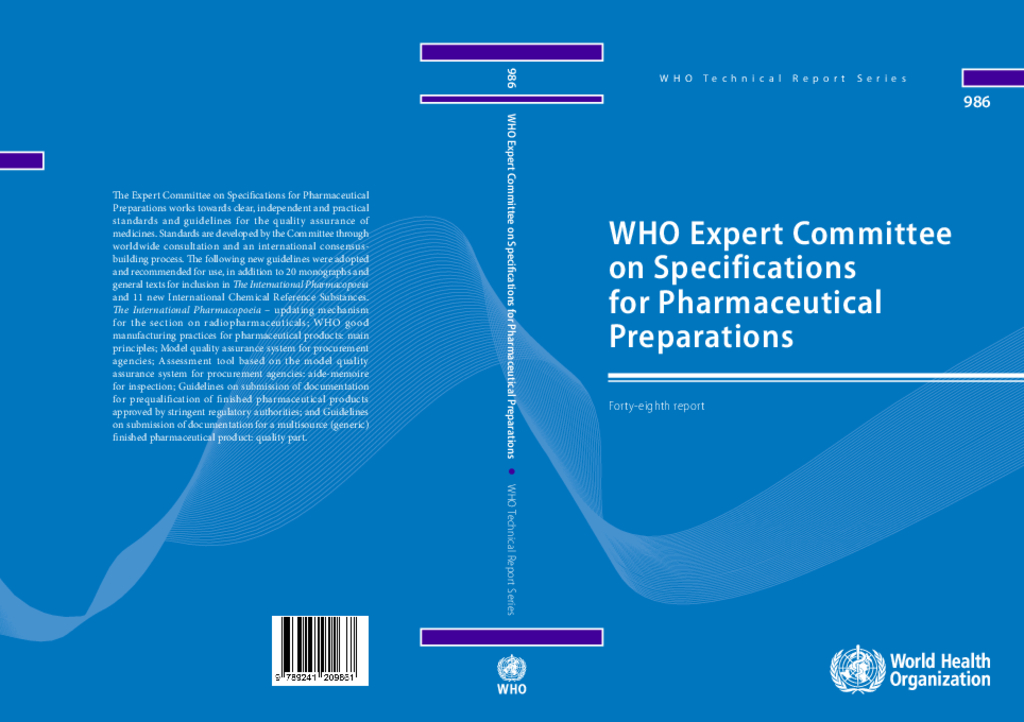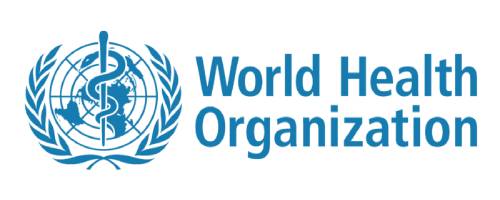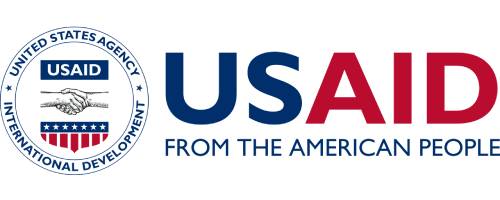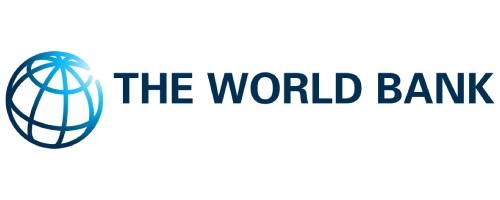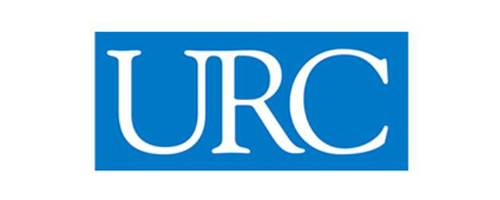The core list presents a list of minimum medicine needs for a basic health-care system, listing the most efficacious, safe and cost-effective medicines for priority conditions. Priority conditions are selected on the basis of current and estimated future public health relevance, and potential for safe and cost-effective treatment.
The core list presents a list of minimum medicine needs for a basic health care system, listing the most efficacious, safe and cost-effective medicines for priority conditions. Priority conditions are selected on the basis of current and estimated future public health relevance, and potential for safe and costeffective treatment.
The core list presents a list of minimum medicine needs for a basic health‐care system, listing the most efficacious, safe and cost‐effective medicines for priority conditions. Priority conditions are selected on the basis of current and estimated future public health relevance, and potential for safe and cost‐effective treatment.
The core list presents a list of minimum medicine needs for a basic health‐care system, listing the most efficacious, safe and cost‐effective medicines for priority conditions. Priority conditions are selected on the basis of current and estimated future public health relevance, and potential for safe and cost‐effective treatment
In 2007, the World Health Assembly passed a Resolution titled ‘Better Medicines for Children’. This resolution recognized the need for research and development into medicines for children, including better dosage forms, better evidence and better information about how to ensure that medicines or treating the common childhood diseases are given at the right dose for children of all ages. The World Health Organization has therefore developed a program of work on medicines for children,
including the development of a Model List of Essential Medicines for children
In 1995, the WHO Expert Committee on the Use of Essential Drugs recommended that WHO develop a Model Formulary which would complement the WHO Model List of Essential Drugs (the “Model List”). It was considered that such a WHO Model Formulary would be a useful resource for countries wishing to develop their own national formulary. The WHO Model Formulary was first published in August 2002.
The WHO Expert Committee on Specifications for Pharmaceutical Preparations met in Geneva from 14 to 18 October 2013. Dr M.-P. Kieny, Assistant Director- General of Health Systems and Innovation at the World Health Organization (WHO), welcomed participants on behalf of the Director-General. Dr Kieny thanked the experts for their valuable contributions to the work of WHO, noting that standard-setting continues to be a pillar of WHO's activities and priorities and that the Expert Committee structure is the backbone of WHO's standardsetting process.
The thirty-seventh meeting of the WHO Expert Committee on Drug Dependence (ECDD) took place in Geneva, Switzerland from 16 to 20 November 2015. Mr Cornelis de Joncheere, Director, WHO Department of Essential Medicines and Health Products (EMP), opened the meeting. He welcomed all participants on behalf of the Director-General. He then introduced Dr Marie- Paule Kieny, Assistant Director-General, Health Systems and Innovation, of WHO, who gave the welcoming remarks.
The WHO Expert Committee on Biological Standardization met in Geneva from 17 to 20 October 2017. The meeting was opened on behalf of the Director- General of WHO by Dr Suzanne Hill, Director of Essential Medicines and Health Products (EMP) and currently Acting Assistant Director-General for the Health Systems and Innovations Cluster. Dr Hill welcomed the Committee, other meeting participants and observers, and briefly outlined several key changes in WHO staff and structures that had occurred since the previous meeting of the Committee
The WHO Expert Committee on Biological Standardization met in Geneva from 12 to 16 October 2015. The meeting was opened by Mr Kees De Joncheere,
Director of the Department of Essential Medicines and Health Products (EMP).
The WHO Expert Committee on Biological Standardization met in Geneva from 15 to 19 October 2012. The meeting was opened jointly by Dr Jean‑Marie Okwo‑bele, Director of the Department of Immunization, Vaccines, and Biologicals, and by Dr Kees de Joncheere, Director of the Department of Essential Medicines and Health Products.
The WHO Expert Committee on Specifications for Pharmaceutical Preparations met in Geneva from 14 to 18 October 2013. Dr M.-P. Kieny, Assistant Director-
General of Health Systems and Innovation at the World Health Organization (WHO), welcomed participants on behalf of the Director-General. Dr Kieny thanked the experts for their valuable contributions to the work of WHO, noting that standard-setting continues to be a pillar of WHO's activities and priorities and that the Expert Committee structure is the backbone of WHO's standardsetting process.

